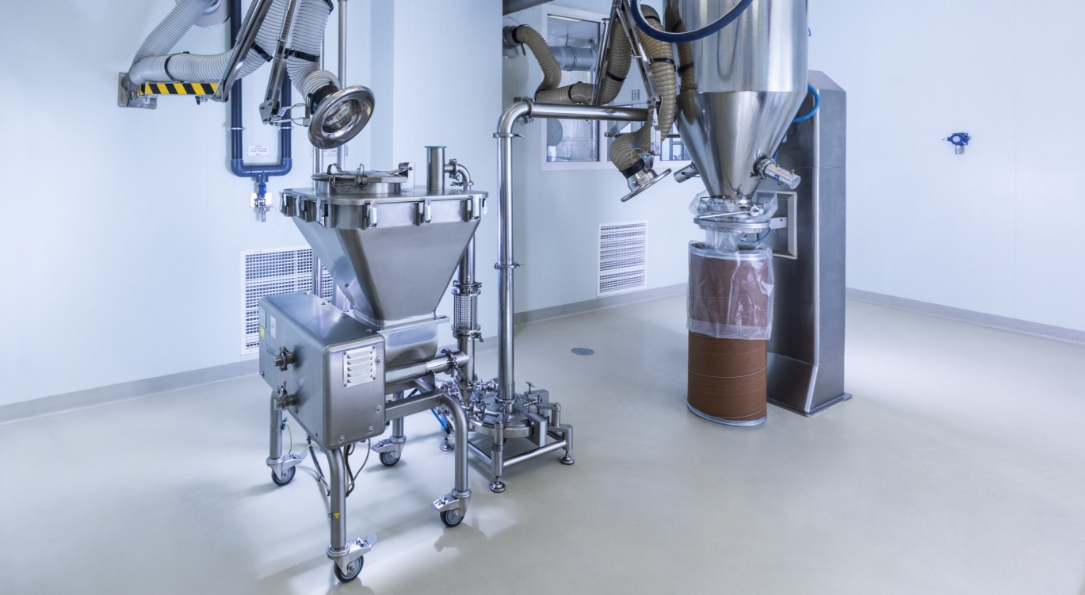
Particle size distribution (PSD) plays a pivotal role in manufacturing processes across various industries, significantly influencing the quality and performance of the final products. The distribution of particle sizes in raw materials or end products can impact crucial characteristics such as strength, stability, solubility, and reactivity. Understanding and controlling particle size distribution is therefore essential for manufacturers striving to produce consistent and high-quality goods.
One of the primary reasons why particle size distribution matters in manufacturing is its direct correlation with product performance. In industries like pharmaceuticals, where precise dosage and efficacy are paramount, the particle size of active pharmaceutical ingredients (APIs) significantly affects drug absorption rates. Smaller particle sizes often lead to increased surface area, enhancing dissolution and bioavailability. Similarly, in the production of polymers and plastics, particle size distribution influences mechanical properties, transparency, and processability.
Moreover, particle size distribution can impact the manufacturing process itself. For instance, in powder metallurgy, where metal powders are compacted and sintered to form solid components, achieving a uniform particle size distribution is critical. It ensures proper powder flow during compaction and uniform sintering, resulting in consistent density and mechanical properties in the final product.
In the food and beverage industry, particle size distribution is crucial for sensory attributes and texture. The texture of a food product, whether it’s a creamy sauce or a crunchy snack, is often determined by the particle size distribution of its ingredients. In baking, for example, the particle size of flour affects the texture and structure of the final product.
Controlling particle size distribution is equally vital in the field of nanotechnology, where materials at the nanoscale exhibit unique properties. Nanoparticles with specific sizes and distributions can be tailored for various applications, from drug delivery systems to advanced coatings and electronics.
In addition to product quality and process efficiency, regulatory compliance is another compelling reason to prioritize particle size distribution in manufacturing. Many industries are subject to strict regulations governing the characteristics of their products, and particle size is often a key parameter that must be monitored and controlled to meet these standards.
The significance of particle size distribution in manufacturing cannot be overstated. Whether in pharmaceuticals, materials science, food production, or nanotechnology, understanding and controlling particle size distribution is essential for achieving consistent product quality, optimizing manufacturing processes, and ensuring regulatory compliance. Manufacturers that prioritize and master the control of particle size distribution are better positioned to deliver superior products in a competitive market.



